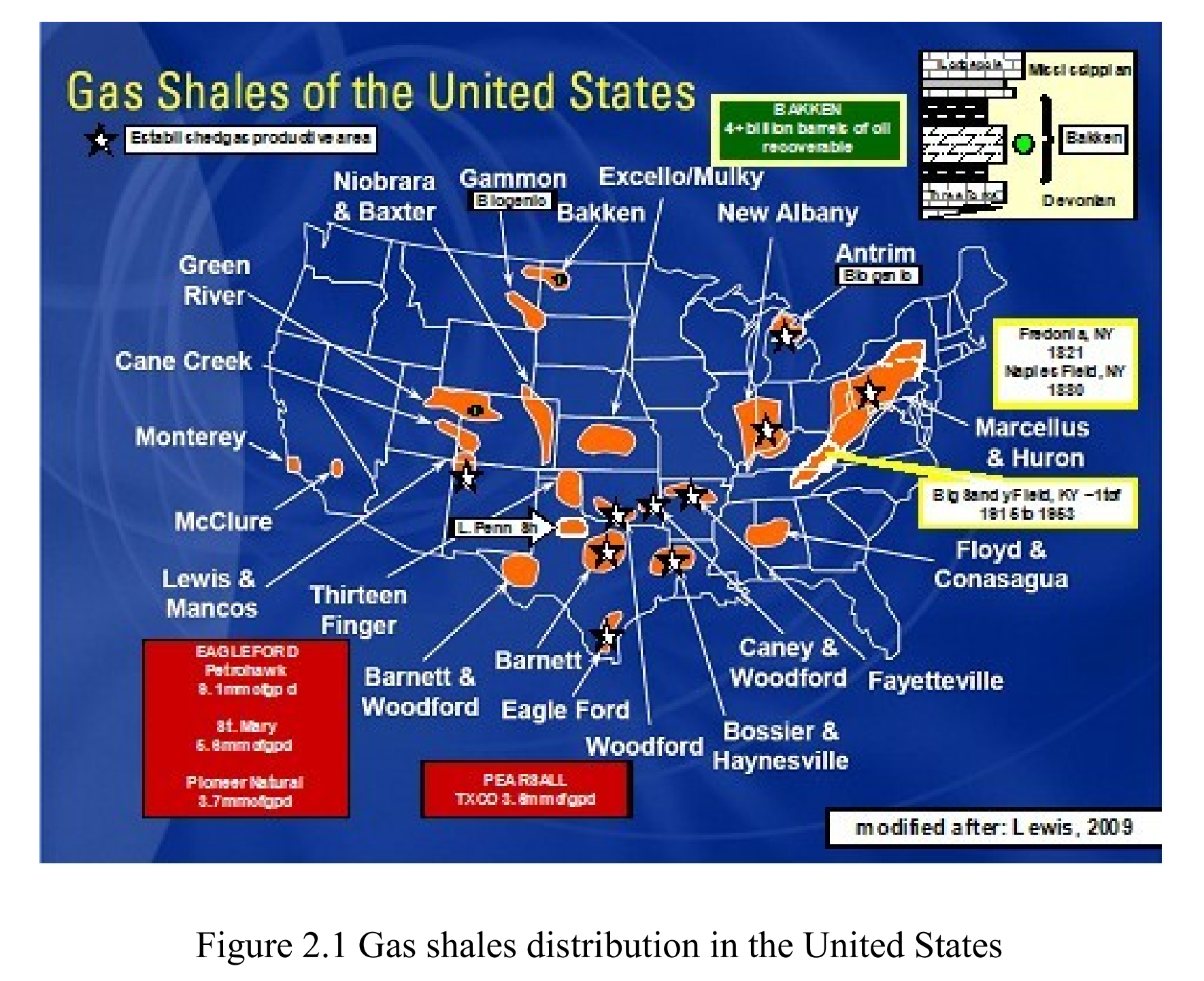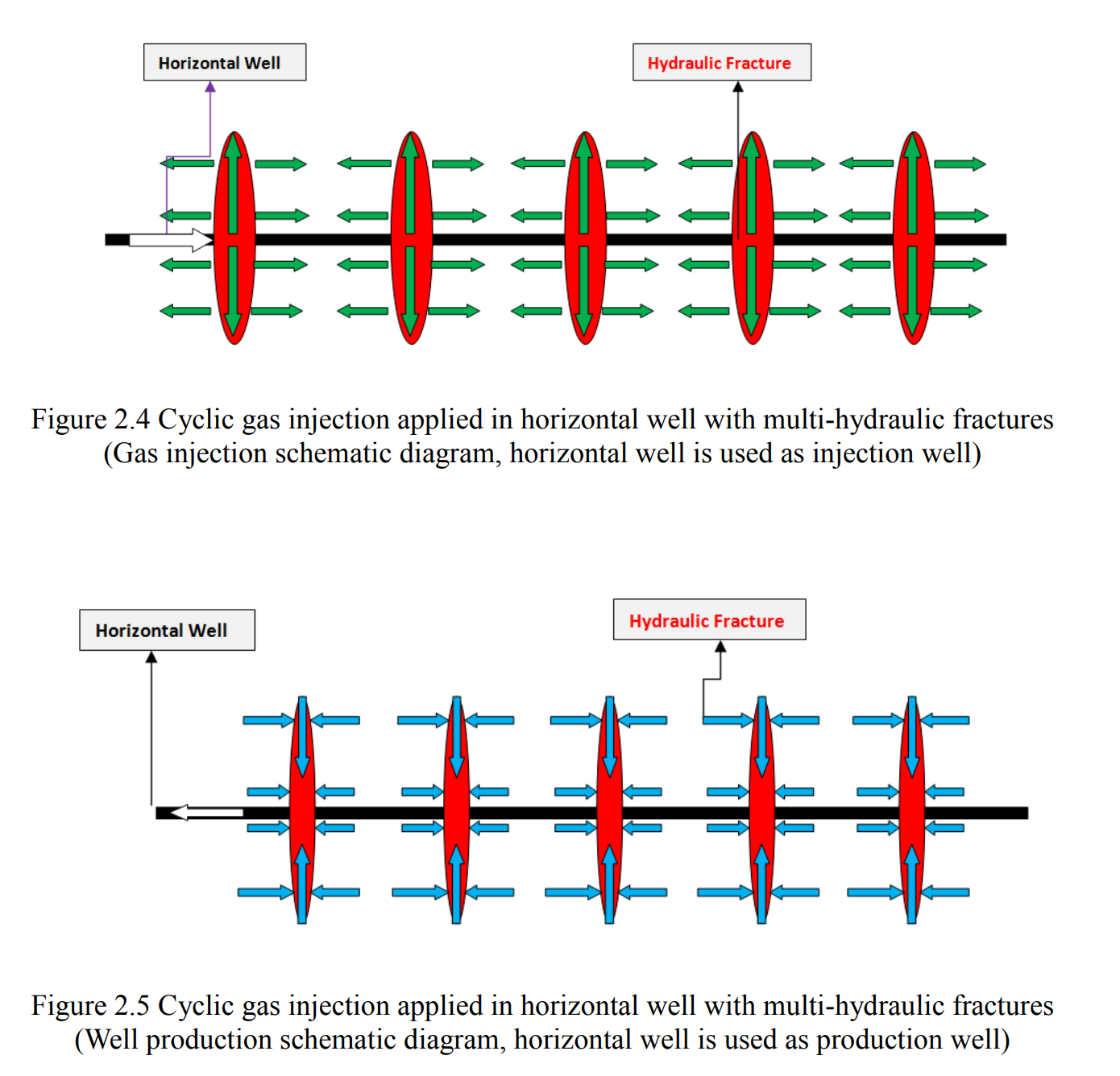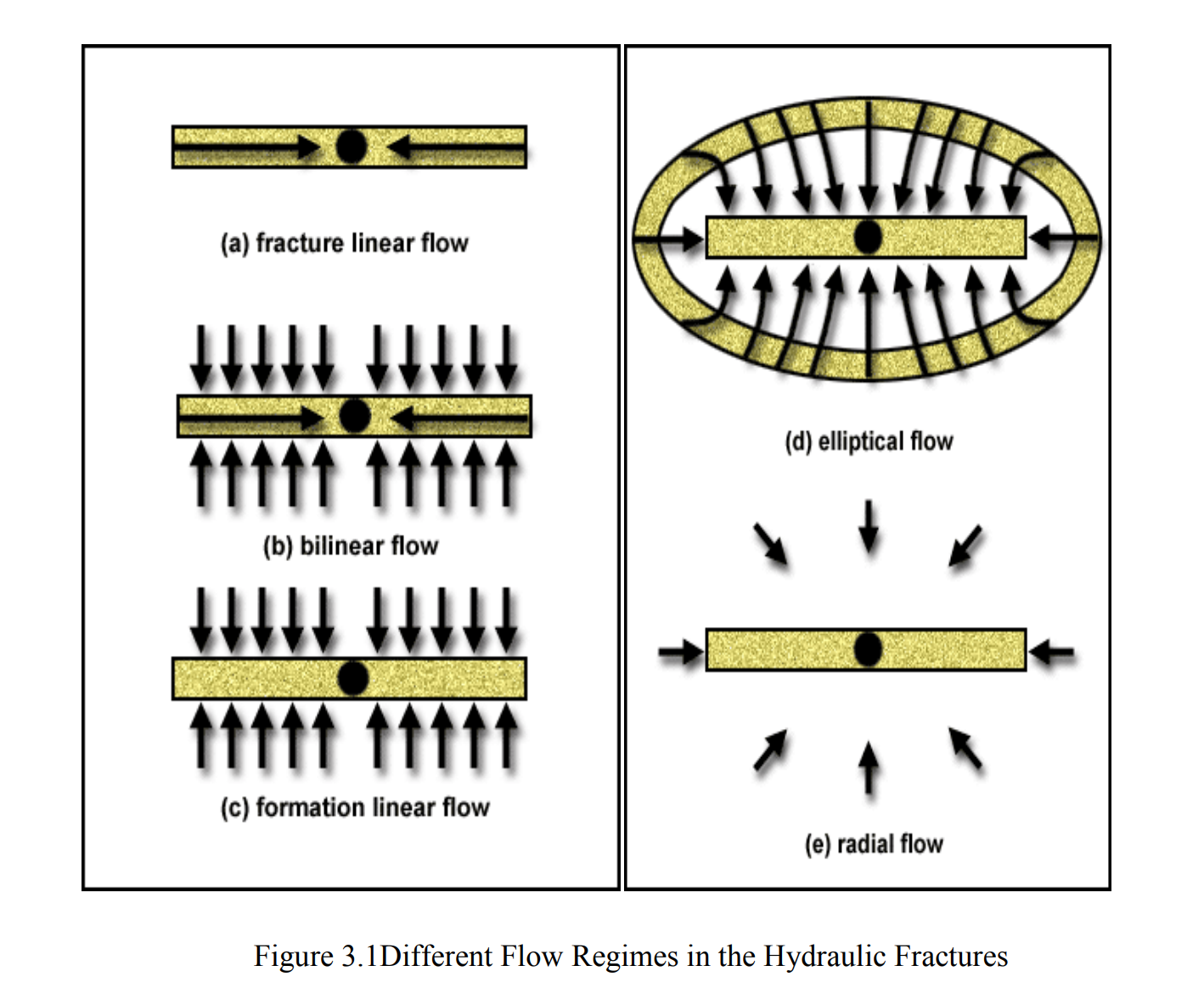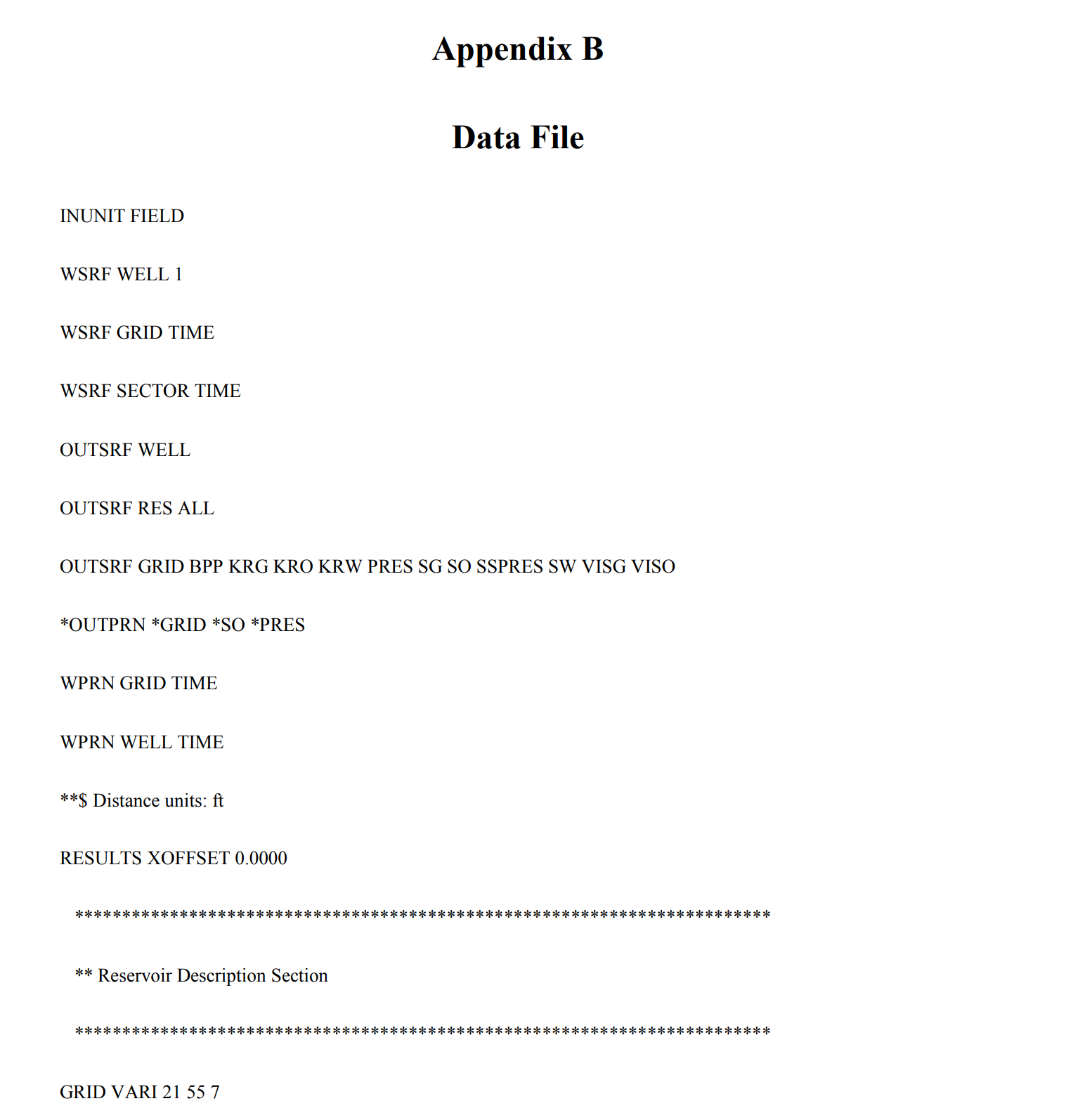Evaluation of the EOR Potential in Shale Oil Reservoirs by Cyclic Gas Injection
Abstract
The current available technique to produce shale oil is through primary depletion using horizontal wells with multiple transverse fractures. The oil recovery factor is only a few percent. There is a big prize to be claimed in terms of enhanced oil recovery (EOR).
Well productivity in shale oil and gas reservoirs comes from the horizontal wells with transverse fractures that connect natural fracture complexity. The natural fracture complexity provides a network for injected fluids to contact matrix material. However, in such a system, flooding may not sufficiently enhance oil recovery because the injected fluids may break through to production wells via the fracture network. A cyclic injection scheme is one way to solve this problem. Considering that the matrix permeability is ultra-low, we propose cyclic gas injection in this paper.
We used a simulation approach having evaluated the EOR potential from cyclic gas injection. Our simulation results indicate that oil recovery can be increased up to 29% by using cyclic gas injection in a hydraulically fractured shale reservoir for 60 cycles, compared with the original 6.5% recovery from the primary depletion. If high pressure is used to reach miscibility and more cycles are employed, more than 40% oil recovery can be achieved.
In this thesis, we also a performed detailed evaluation of gas injection in general. We have evaluated the oil recovery potentials of different scenarios, from primary depletion, immiscible gas injection, to gas injection with different degrees of miscibility. Different EOR mechanisms are discussed and quantified as well. The results of this paper bring a new prospect to enhance oil recovery in shale oil reservoirs.





